Table of content
Sweet potato leaves, often overlooked in Western cuisine, are a culinary treasure celebrated for their versatility, nutritional richness, and ability to transform simple dishes into flavorful delights. These vibrant green leaves, harvested from the sweet potato plant (Ipomoea batatas), have been a staple in many Asian, African, and Caribbean diets for centuries. Despite their humble reputation, sweet potato leaves offer a mild, slightly earthy flavor that pairs beautifully with various ingredients and cooking methods. This article explores the secrets to preparing sweet potato leaves in ways that highlight their natural taste while elevating them to gourmet status. From quick stir-fries to hearty soups, we’ll delve into techniques, recipes, and tips to help you master the art of cooking this underappreciated green.
Nutritional Powerhouse: Why Sweet Potato Leaves Deserve a Spot on Your Plate
Before diving into recipes, it’s essential to understand why sweet potato leaves are worth cooking. Rich in vitamins A, C, and K, these leaves also pack a punch of dietary fiber, iron, and calcium. Their antioxidant content rivals that of many leafy greens like spinach and kale, making them a smart choice for health-conscious cooks. Moreover, sweet potato leaves are low in calories and carbohydrates, positioning them as an ideal ingredient for weight-management diets.
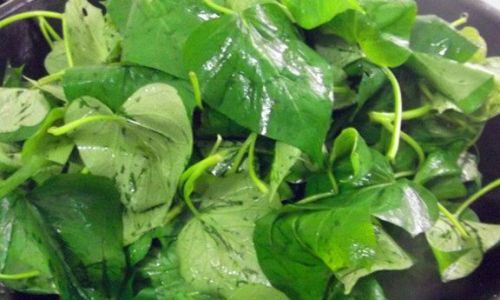
But nutrition alone doesn’t guarantee deliciousness. The key to enjoying sweet potato leaves lies in their preparation. When cooked poorly, they can become bitter or slimy—a common pitfall for newcomers. However, with the right techniques, their delicate texture and subtle flavor shine, creating dishes that are both nourishing and satisfying.
Selecting and Preparing Sweet Potato Leaves
The journey to a great dish begins at the market or garden. When choosing sweet potato leaves, look for vibrant green, crisp leaves free from wilting or yellowing. Avoid bunches with thick, fibrous stems, as these can be tough and chewy. If possible, opt for younger leaves, which tend to be more tender and mild in flavor.
Preparation Steps:
- Trimming: Remove the leaves from the stems. While some recipes call for using the stems (thinly sliced and cooked until tender), the leaves are the star here. Discard any thick, woody stems.
- Washing: Rinse the leaves thoroughly under cold water to remove dirt or grit. Soak them in a bowl of water for 5–10 minutes if they’re particularly sandy.
- Drying: Pat the leaves dry with a clean kitchen towel or use a salad spinner to remove excess moisture. This prevents sogginess during cooking.
- Chopping: Stack the leaves and roll them into a cigar-like shape. Slice crosswise into thin ribbons (chiffonade) or roughly chop, depending on the recipe.
Cooking Methods That Elevate Sweet Potato Leaves
Sweet potato leaves adapt to various cooking techniques, from quick sautés to slow simmers. The goal is to soften their fibrous texture without losing their vibrant color or nutritional value. Here are six methods to experiment with:
Stir-Frying: The Quick and Crispy Approach
Stir-frying is perhaps the most popular way to prepare sweet potato leaves, as it preserves their bright green hue and locks in nutrients.
Technique:

- Heat a tablespoon of oil (sesame, coconut, or avocado) in a wok or large skillet over high heat.
- Add minced garlic, ginger, or shallots and cook until fragrant (30 seconds).
- Toss in the sweet potato leaves and stir continuously for 2–3 minutes until wilted.
- Season with soy sauce, oyster sauce, or a splash of rice vinegar. Finish with a pinch of red pepper flakes or toasted sesame seeds.
Pro Tip: Avoid overcrowding the pan, as this steams the leaves instead of stir-frying them. Cook in batches if needed.
Sautéing with Aromatics
For a richer flavor profile, sauté sweet potato leaves with onions, tomatoes, or bacon. This method mellows their earthy notes and adds depth.
Technique:
- Render bacon in a skillet until crispy. Remove and set aside, leaving the fat in the pan.
- Sauté sliced onions and diced tomatoes until softened.
- Add the sweet potato leaves and cook until tender (4–5 minutes).
- Crumble the bacon over the top before serving.
Boiling or Blanching
Blanching sweet potato leaves softens their texture and reduces bitterness, making them ideal for salads or side dishes.
Technique:
- Bring a pot of salted water to a boil. Add the leaves and cook for 1–2 minutes.
- Immediately transfer to an ice bath to halt cooking. Drain and squeeze gently to remove excess water.
- Toss with olive oil, lemon juice, and a sprinkle of sea salt.
Simmering in Soups and Stews
Sweet potato leaves add body and nutrition to broths and stews. Their mild flavor complements hearty ingredients like lentils, beans, or smoked meats.
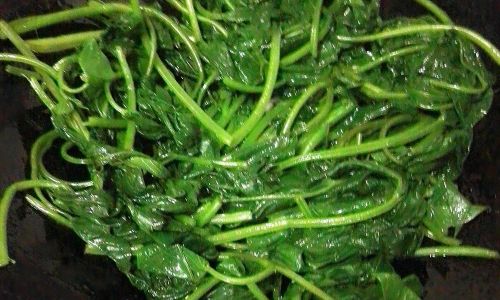
Technique:
- Add chopped leaves to simmering soups during the last 5–7 minutes of cooking.
- For a Filipino-inspired dish, simmer them in coconut milk with ginger and chili for a creamy, aromatic stew.
Raw in Salads
Young, tender sweet potato leaves can be eaten raw in salads. Pair them with citrus, nuts, or soft cheeses for a refreshing contrast.
Technique:
- Massage the leaves lightly with olive oil to soften their texture.
- Toss with sliced oranges, toasted almonds, and feta cheese. Dress with a honey-mustard vinaigrette.
Creative Twists: Pesto, Smoothies, and More
Sweet potato leaves can venture beyond traditional preparations. Blend them into pesto with basil, garlic, and Parmesan, or add a handful to green smoothies for a nutrient boost.
Sweet Potato Leaf Pesto Recipe:
- Blend 2 cups sweet potato leaves, ½ cup basil, ⅓ cup Parmesan, ⅓ cup pine nuts, 2 garlic cloves, and ½ cup olive oil until smooth.
- Toss with pasta or use as a sandwich spread.
Recipe Ideas to Impress
Garlicky Sweet Potato Leaves with Shrimp
Ingredients:
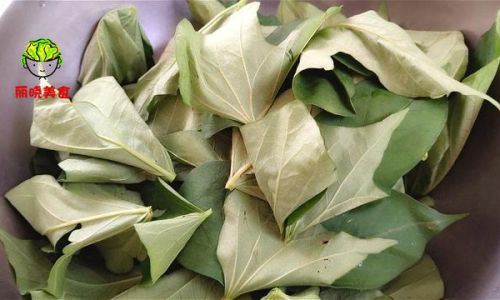
- 1 lb sweet potato leaves, trimmed and chopped
- ½ lb shrimp, peeled and deveined
- 3 garlic cloves, minced
- 1 tbsp fish sauce
- 1 tsp sugar
- 2 tbsp oil
- Red pepper flakes (optional)
Instructions:
- Heat oil in a wok. Add garlic and red pepper flakes; stir-fry 30 seconds.
- Add shrimp and cook until pink (2–3 minutes). Remove and set aside.
- Add sweet potato leaves to the wok. Stir-fry until wilted.
- Return shrimp to the pan. Stir in fish sauce and sugar. Serve with steamed rice.
Creamy Coconut Sweet Potato Leaf Soup
Ingredients:
- 1 onion, diced
- 2 garlic cloves, minced
- 1 tbsp fresh ginger, grated
- 4 cups vegetable broth
- 1 can coconut milk
- 3 cups sweet potato leaves, chopped
- 1 tbsp lime juice
- Salt and pepper to taste
Instructions:
- Sauté onion, garlic, and ginger in a pot until soft.
- Add broth and coconut milk. Bring to a simmer.
- Stir in sweet potato leaves and cook 5 minutes.
- Blend until smooth (optional). Stir in lime juice. Season and serve with crusty bread.
Tips for Perfect Sweet Potato Leaves Every Time
- Balance Bitterness: Pair with acidic ingredients like lemon juice or vinegar to counterbalance any bitterness.
- Avoid Overcooking: Overcooked leaves become mushy. Remove from heat once wilted.
- Enhance Flavor: Use umami-rich ingredients like soy sauce, miso, or tomatoes to deepen the taste.
- Experiment with Textures: Mix raw and cooked leaves in salads for variety.
- Grow Your Own: Sweet potato plants are easy to grow in pots or gardens, ensuring a fresh supply.
Conclusion
Sweet potato leaves are a testament to the idea that even the simplest ingredients can become culinary stars with the right techniques. Whether stir-fried, simmered, or blended into pesto, these leaves offer endless possibilities for home cooks seeking to expand their repertoire. By embracing their earthy flavor and adaptable nature, you’ll discover a versatile ingredient that nourishes the body and delights the palate. So next time you spot a bunch of sweet potato leaves, don’t hesitate—grab them, experiment, and savor the results. Your taste buds (and your health) will thank you.
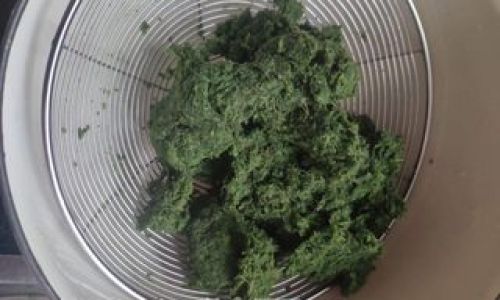
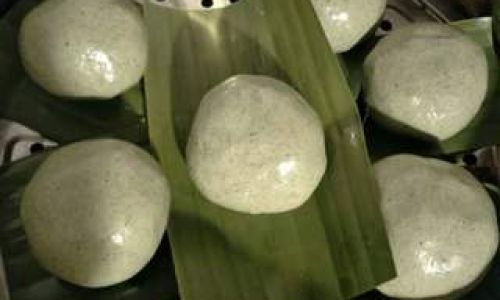
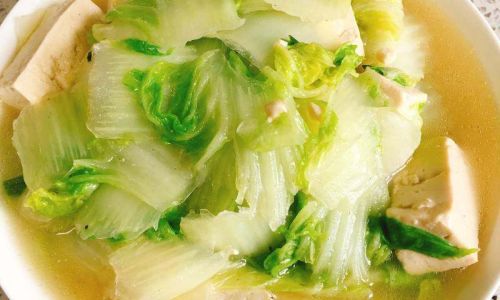

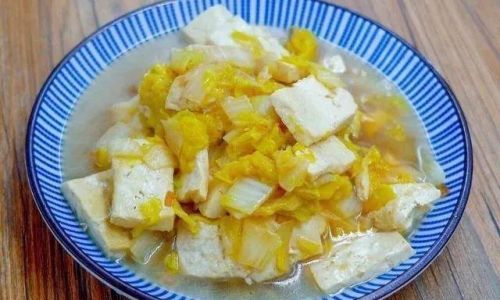
0 comments